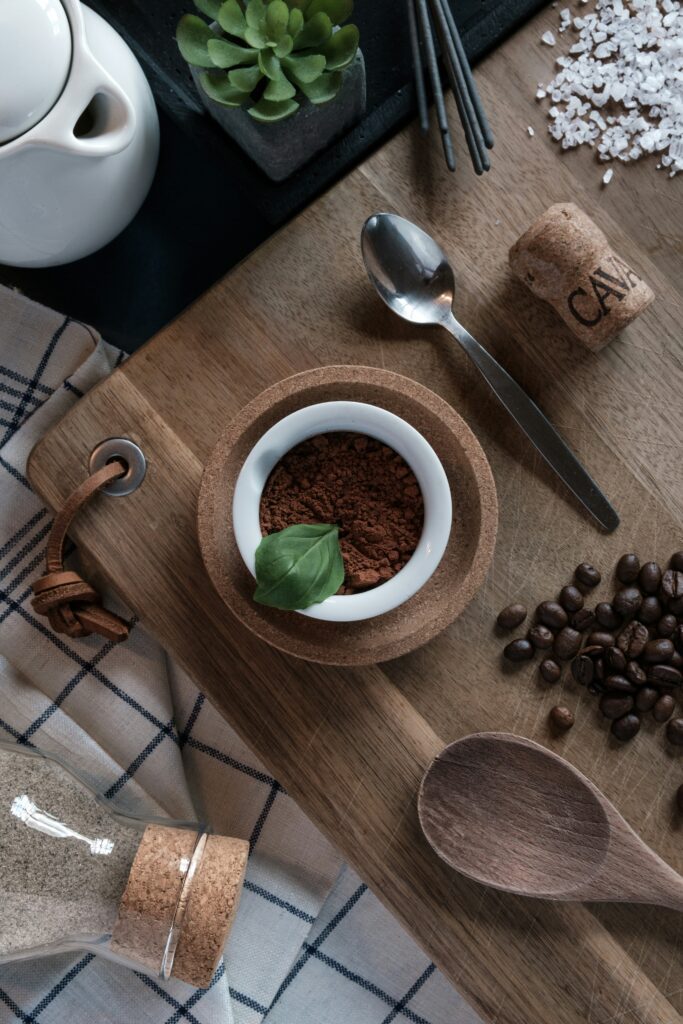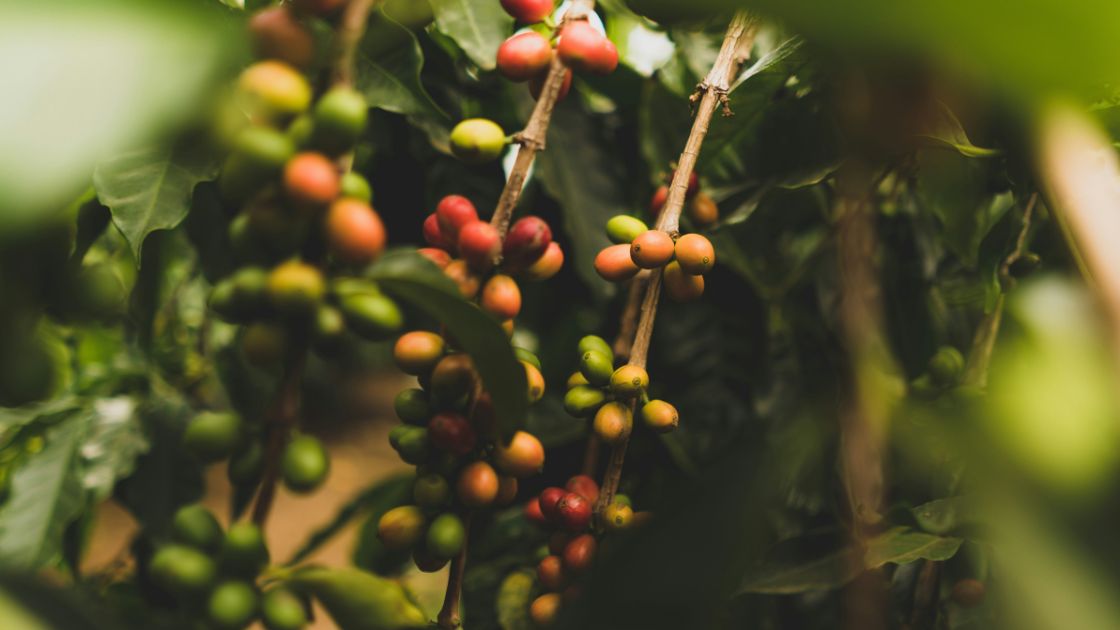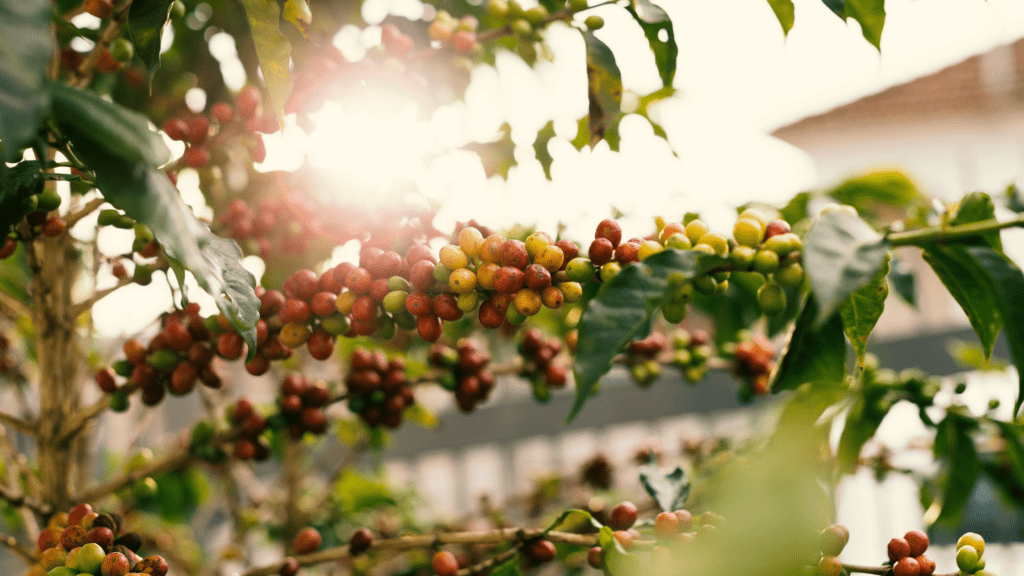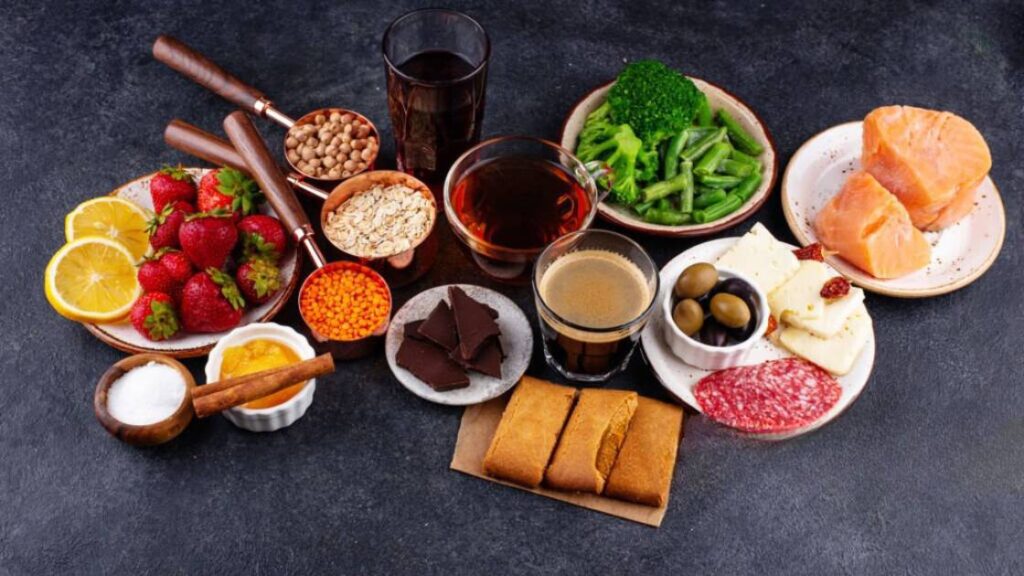If you enjoy coffee, you may have heard the term “Single Origin Coffee.” But what does that really mean? In simple words, single origin coffee comes from just one place. It could be from a specific farm, a region, or even a country. Unlike blended coffee, which mixes beans from different areas to create a consistent flavor, single origin coffee focuses on the unique taste of one location.
Each place where coffee grows has its own flavor profile, just like how different regions give wine their unique taste. For example, coffee from Ethiopia might taste fruity or floral, while coffee from Colombia could be smooth and chocolaty. Drinking single origin coffee is like tasting a little bit of the place where it was grown!
Table of Contents
ToggleWhy Single Origin Coffee is Special
So, what makes single origin coffee so special? Here are some reasons why it’s worth trying, especially if you love exploring new flavors:
- Unique Flavors: Each coffee-growing region has its own taste. Coffee from Ethiopia will taste different from coffee grown in Jamaica or Sumatra. This lets you try different flavors and find the one you like the most.
- Ethical Sourcing: Many single-origin coffees are bought directly from farmers, which means they get a fair price for their beans. Plus, a lot of these farms use eco-friendly practices, which is good for the planet.
- Transparency: When you buy single-origin coffee, you know exactly where your coffee is coming from. This helps you trust that you’re getting high-quality beans and that they were grown in a responsible way.

Popular Single Origin Coffee Regions
Here are some famous regions known for growing delicious single origin coffee:
| Region | Flavor Profile |
|---|---|
| Ethiopia | Fruity, floral, with citrus or berry notes |
| Colombia | Smooth, balanced, with chocolate and nutty flavors |
| Jamaica (Blue Mountain) | Sweet, nutty, with low bitterness and a smooth finish |
| Guatemala | Spicy, complex, with hints of chocolate and citrus |
| Sumatra | Earthy, full-bodied, often with rich, smoky flavors |
Each region offers something different, so trying single-origin coffee can feel like a flavor adventure!
Single Origin vs. Blended Coffee
You might be wondering how single origin coffee is different from blended coffee. Here’s a quick comparison:
- Single Origin Coffee: Comes from one place and reflects the unique flavors of that area. Each cup tells a story about where it was grown, and the taste can vary slightly depending on the specific batch.
- Blended Coffee: Combines beans from different places to create a consistent taste. While blends are reliable, they often don’t have the complex flavors of single-origin coffee.
If you want to try something new and exciting, single-origin coffee is the way to go.




How to Brew Single Origin Coffee
The way you brew single origin coffee can affect its flavor. Here are some popular brewing methods:
- Pour-Over: Great for light roasts. This method brings out delicate and complex flavors, especially fruity or floral beans from places like Ethiopia.
- French Press: Perfect for medium to dark roasts. It produces a bold, rich flavor by allowing the oils from the coffee to mix into the drink.
- Cold Brew: Ideal if you like smooth, low-acid coffee. It’s made by steeping coffee in cold water for 12-24 hours and works well with naturally sweet beans like those from Guatemala.
Comparing Single Origin Coffee to Wine
Think of single origin coffee like wine from a single vineyard. Just as grapes from one vineyard have a unique taste, single-origin coffee beans capture the essence of one specific place. Blended coffee, on the other hand, is more like a fruit salad—consistent, but without the depth of a single ingredient.
The Science Behind Single Origin Coffee
According to Dr. James Hoffmann, a well-known coffee researcher and author, the flavor differences in single-origin coffee are largely due to factors such as terroir (the environmental conditions where it’s grown), processing methods, and genetics of the coffee plant. Soil composition, altitude, and climate all influence the acidity, sweetness, and complexity of the beans.
Many single origin coffees, especially from high-altitude regions, tend to have higher acidity levels. This acidity isn’t harsh or unpleasant; rather, it gives the coffee brightness and liveliness, which is prized by coffee enthusiasts. The pH level of coffee generally ranges between 4.85 and 5.10, but single-origin coffees can sometimes be perceived as less acidic depending on the region.
Single-Origin Coffee and Art
Think of Single Origin Coffee as a handcrafted piece of art, made by one artist in one style, reflecting their unique vision and creativity. In contrast, blended coffee is like a collaborative art piece where multiple artists contribute, creating a work that’s balanced and cohesive but less personal. Single-origin coffee allows you to experience the true essence of its origin, just like an artist’s individual masterpiece reflects their unique talent.


Acidity and pH Levels in Single Origin Coffee
Dr. Lindsey Bolger, a coffee expert, notes that single origin coffees tend to have more vibrant acidity compared to blends, particularly those from African regions like Ethiopia and Kenya. The acidity in coffee is often misunderstood—it’s not the sourness you might think of, but rather a brightness that enhances the overall flavor. Coffees with higher acidity are often described as “bright” or “lively.”
The average pH of coffee is around 5, which is slightly acidic, though not as much as citrus fruits. However, single-origin coffees can taste less acidic depending on the roast and brewing method. For example, a cold brew made with beans from Guatemala might have a smoother, less acidic flavor than a pour-over made with beans from Kenya.
Pros and Cons of Single Origin Coffee
Pros
- Flavor Variety: Single origin coffee allows you to taste unique flavors from different regions, giving you the chance to explore new taste profiles.
- Quality Control: Because it comes from a specific location, coffee producers can focus on the best growing practices for that area, often resulting in higher-quality beans.
- Transparency & Ethics: Sourcing directly from farms means consumers can know more about the ethical and environmental practices behind their coffee.
Cons
- Seasonality: Since single-origin coffee is harvested in specific seasons, your favorite beans might not be available year-round.
- Higher Cost: Single-origin coffee often comes with a higher price tag due to its limited availability and the care taken in production.
- Inconsistent Flavor: Each harvest can vary slightly in taste, which some people might find frustrating if they are seeking a uniform coffee experience.
The Future of Single Origin Coffee
As more people become interested in where their coffee comes from, single origin coffee is becoming more popular. It offers transparency, sustainability, and unique flavors. When you choose single-origin coffee, you’re not just enjoying a delicious cup—you’re also supporting farmers and the environment.
In short, single origin coffee is a great way to experience the unique flavors of different regions while making a positive impact on the world!
Frequently Asked Questions About Single Origin Coffee
1. Is single origin coffee more expensive?
Yes, it usually costs more because it’s grown in smaller quantities and often with more care. However, many coffee lovers think the unique flavors and higher quality are worth it.
2. Can I really taste the difference between single origin and blended coffee?
Absolutely! Single-origin coffee has distinct flavors that reflect the region’s soil, altitude, and climate. Blended coffee may have a more uniform taste, but single origin beans give you a richer and more unique experience.
3. Is single origin coffee better for the environment?
Often, yes. Many single origin farms use eco-friendly practices, and buying directly from farmers helps support sustainable farming methods.
4. Why is single origin coffee seasonal?
Coffee is harvested at certain times of the year, so your favorite single origin coffee might not always be available. This also means you get to enjoy fresh new beans every season!
5. Does single-origin coffee always taste better than blends?
It depends on your taste! Some people love the complexity of single origin coffee, while others prefer the consistent flavor of blends. If you like exploring new flavors, single origin is probably the better choice for you.
6. What are the specific differences between single-origin coffee and coffee blends in terms of flavor and brewing techniques?
Single origin coffee comes from one region, offering unique flavors that reflect its origin. Blends combine beans from various places for consistency. Single origin coffee often suits methods like pour-over and French press, which highlight its distinct flavors, while blends are ideal for consistent taste in drip machines.
7. How does the altitude and climate of a coffee-growing region affect the acidity and flavor of single-origin coffee?
Higher altitudes slow bean maturation, creating more acidity and complex flavors like citrus or fruit. Lower altitudes result in fuller-bodied, less acidic coffee. Climate also impacts flavors, making each region’s coffee unique.
8. What are the environmental benefits of buying single-origin coffee from sustainable farms?
Sustainable single origin farms use eco-friendly methods like shade-growing, preserving ecosystems and biodiversity. Direct trade ensures fair pay for farmers, encouraging environmentally friendly practices.
9. How does the processing method (washed vs. natural) impact the flavor of single-origin coffee beans?
Washed coffee offers clean, bright flavors with higher acidity, while natural processing results in fuller-bodied coffee with fruity or fermented notes, depending on the region and climate.
10. What are some tips for tasting and identifying the different flavor profiles in single-origin coffee?
To taste single origin coffee, smell the aroma, slurp the coffee to spread flavors, and focus on aftertaste. Pay attention to key characteristics like body, acidity, sweetness, and bitterness.







